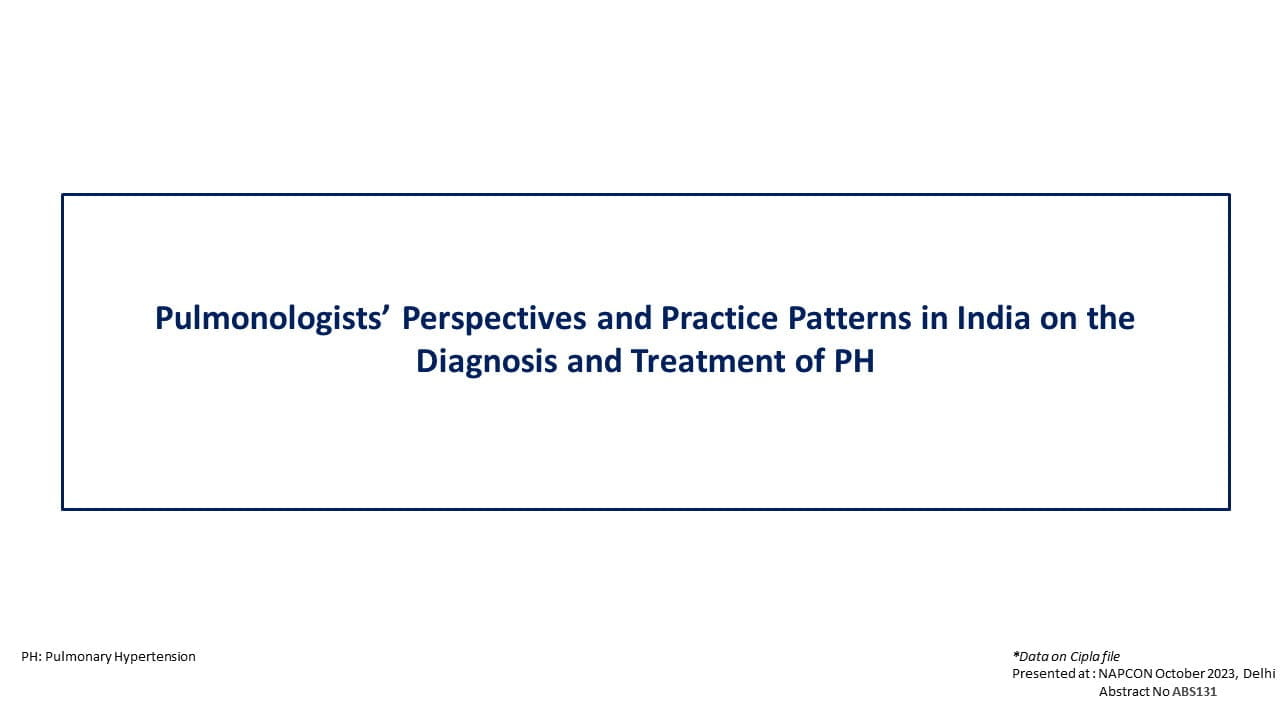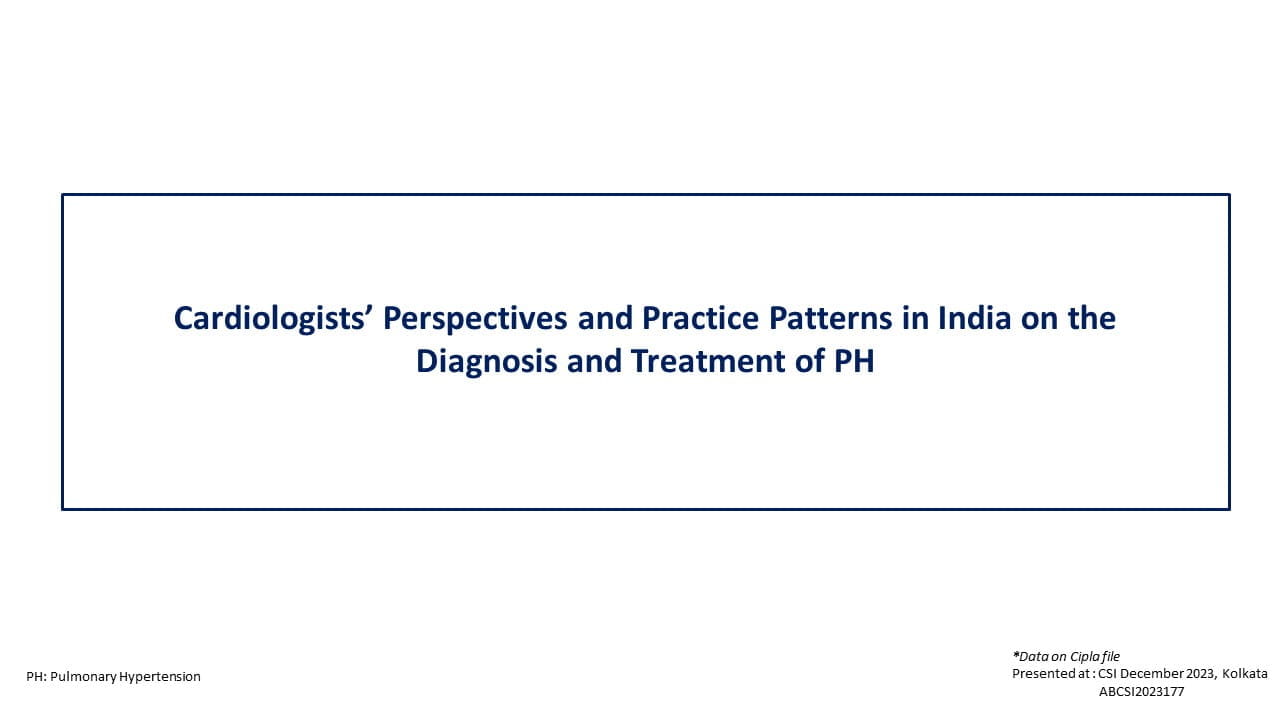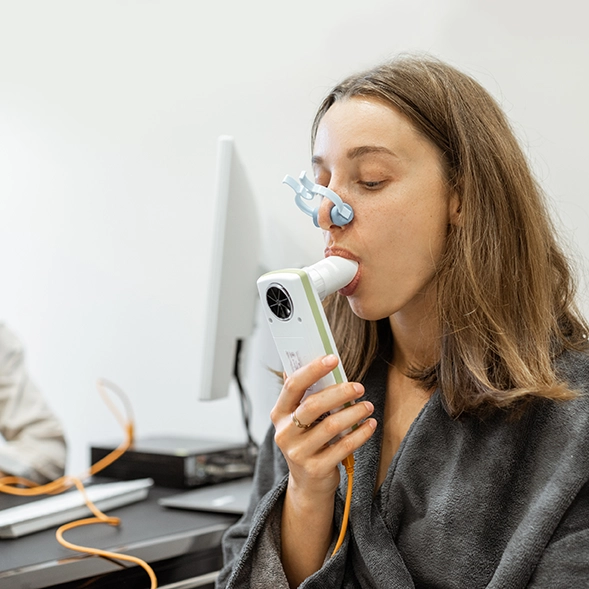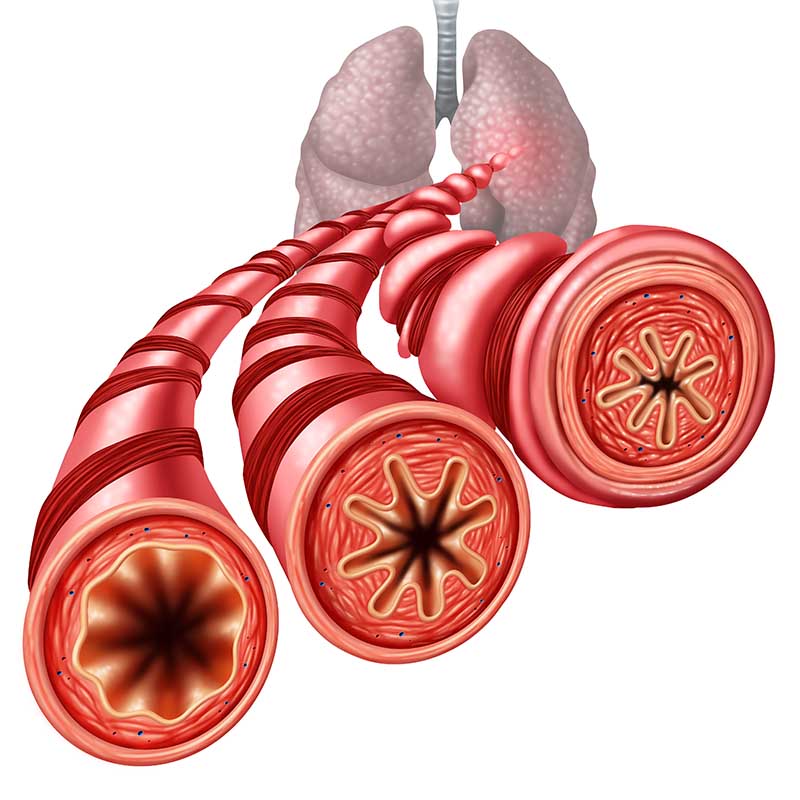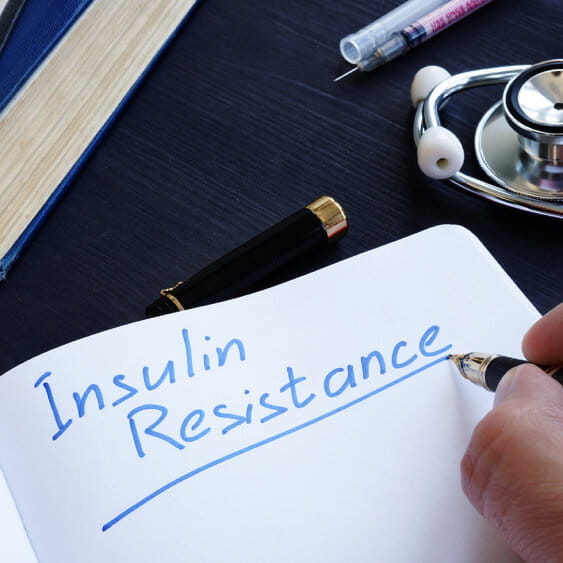Introduction
The incidence of diabetes is on a continuous rise, making it a public health concern. Studies have demonstrated the critical role of inflammation and excessive body fat in the pathogenesis and prognosis of diabetes. The Aggregate Index of Systemic Inflammation (AISI), often referred as the Pan-Immune-Inflammation Value (PIV), is an emerging biomarker of inflammation that has been studied in various diseases. Several biomarkers have been identified as predictors of diabetes till date. Identifying accurate and reliable biomarkers for the prediction of likelihood of diabetes may facilitate targeted treatment in clinical practice.
Aim
To ascertain the link between the AISI (PIV) and type-2 diabetes mellitus (T2DM) among adults in the United States (US). The study further evaluated the mediating impact of obesity indicators on this relationship.
Patient Profile
- Participants from the 2009–2018 National Health and Nutrition Examination Survey (NHANES) were included in the analysis (N=9,947).
Methods
Study Design
- This study was an analysis of data from NHANES.
- NHANES in collaboration with the National Center for Health Statistics, collects health and nutrition-related data every 2 years to assess the well-being of the individuals in the US.
Assessments
- The inflammatory biomarkers were calculated using the data on complete blood count (CBC) tests.
- Five significant mediating variables which served as lipid-related obesity indicators were identified: Lipid Accumulation Product (LAP), Visceral Adiposity Index (VAI), Waist-to-Height Ratio (WHtR), Weight- Adjusted Waist Index (WWI), and A Body Shape Index (ABSI).
- Basic body measurements including waist circumference (WC), height, and body mass index (BMI) were obtained. Data on blood lipids including triglycerides (TG), and high-density lipoprotein cholesterol (HDL-C) were obtained.
- The estimated glomerular filtration rate (eGFR) was calculated using the CKD-EPI creatinine formula.
- The association between AISI and T2DM was evaluated using the following models:
- Model 1: No adjustments were carried out.
- Model 2: Adjusted for race, gender and age.
- Model 3: Adjusted for age, gender, ethnicity, educational attainment, poverty income ratio (PIR), BMI, tobacco use status, eGFR, platelet count, hypertension, and cardiovascular disease (CVD).
Results
- The study population comprised of 9,947 participants. Of these, 3,220 were diagnosed with T2DM, and 6,727 remained undiagnosed. As per a multiple logistic regression analysis, every one-unit increment in AISI/1000, was associated with an 88.3% likelihood of T2DM occurrence. The odds ratio (OR) for likelihood of T2DM occurrence with every one-unit increment in AISI/1000 for various models were as mentioned in table 1.
Table 1: Odds ratio for the association between AISI/1000 and T2DM occurrence
|
Model No. |
OR (95% CI), P Value |
|
Model 1 |
1.581 (1.221, 2.048), p <0.001 |
|
Model 2 |
1.419 (1.101, 1.828), p=0.009 |
|
Model 3 |
1.883 (1.378, 2.571), p <0.001 |
- A stratified analysis revealed significant differences in this association based on age, biological sex, level of education, PIR, tobacco consumption status, and BMI.
- The association between AISI and the probability of T2DM was statistically significant (p < 0.05) in specific cohorts including, males, participants aged 60–79 years, those with educational levels either below high school or at college level and above, those with a poverty-income ratio exceeding 1.1, individuals with a BMI ≥25 kg/m2, and former smokers.
- The association between AISI and T2DM was not statistically significant for the female subgroup, those aged 20–59 years, individuals with a high school education or equivalent, a PIR <1.0, BMI < 25 kg/m2, non-smokers, and current smokers (p > 0.05).
- Importantly, subgroups of sex, age, race, attainment of education, PIR, BMI, nicotine exposure, or hypertension revealed no interactions, indicating that these variables had no impact on the positive association between AISI and T2DM (all interaction p-values > 0.05)
- Occurrence of CVD had significant impact on the association between AISI and T2DM (pinteraction <0.05). In the CVD cohort, each one-unit rise in AISI/1000 was associated with a 2.283-fold higher risk of progression to T2DM. On the contrary, for participants without CVD, a similar increase in AISI/1000 was associated with a 0.589-fold higher T2DM risk.
- As per the smooth curve fitting analysis, AISI had a non-linear association with T2DM, marking a significant change at AISI/1000 of 0.21.
- As per the mediation analysis, the five obesity-related indicators—LAP (3.496%), VAI (2.210%), WHtR (1.610%), WWI (1.265%) and ABSI (1.329%) partly mediated the link between AISI/1000 and T2DM.
- After adjusting for various covariates, the correlation between the obesity indicators and AISI/1000 were as mentioned in table 2.
Table 2: Correlation between the obesity markers and AISI/1000
|
Obesity Indicator |
Correlation factor; β (95% CI) |
|
LAP |
β = 12.994 (5.686, 20.302) |
|
VAI |
β = 0.432 (0.112, 0.753) |
|
WHtR |
β = 0.035 (0.025, 0.044) |
|
WWI |
β = 0.409 (0.325, 0.494) |
|
ABSI |
β = 0.740 (0.609, 0.871) |
Conclusions
- The study demonstrated that an increase in AISI was associated with a higher probability of T2DM occurrence. This association was potentially mediated by obesity indicators, however; a causal relationship could not be established.
- Reducing AISI and managing obesity and inflammatory markers may help reduce the burden of T2DM.
- Further longitudinal studies are warranted to confirm these findings.
Lipids Health Dis. 2025 May 14;24(1):176. doi: 10.1186/s12944-025-02589-4.


